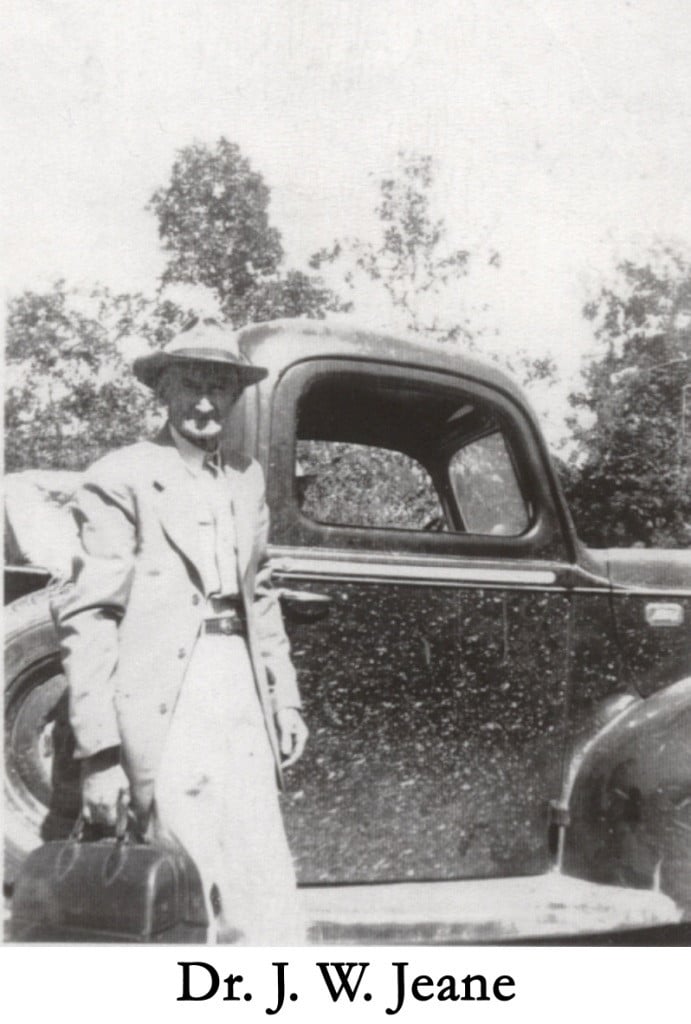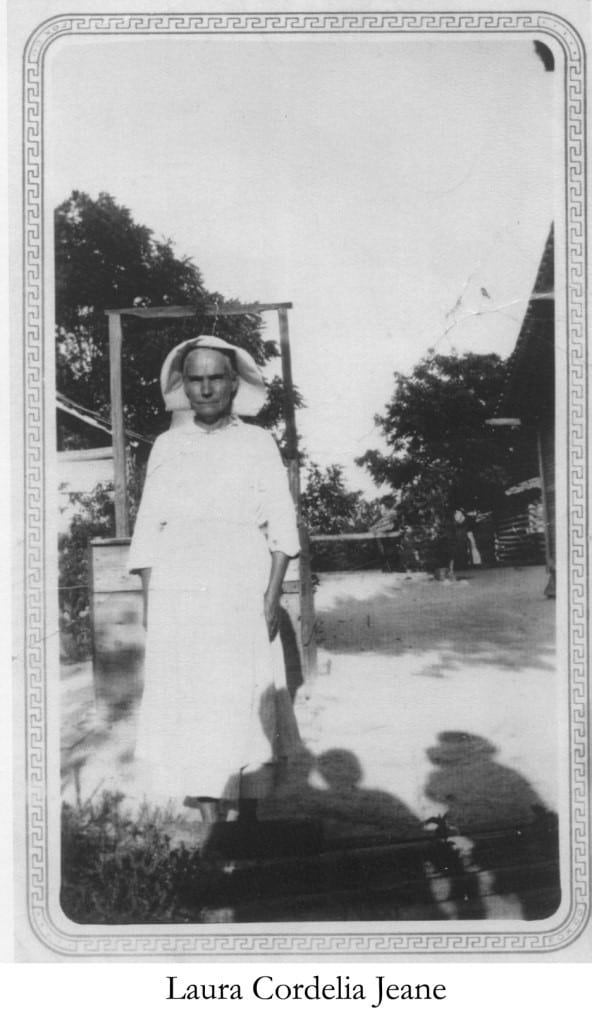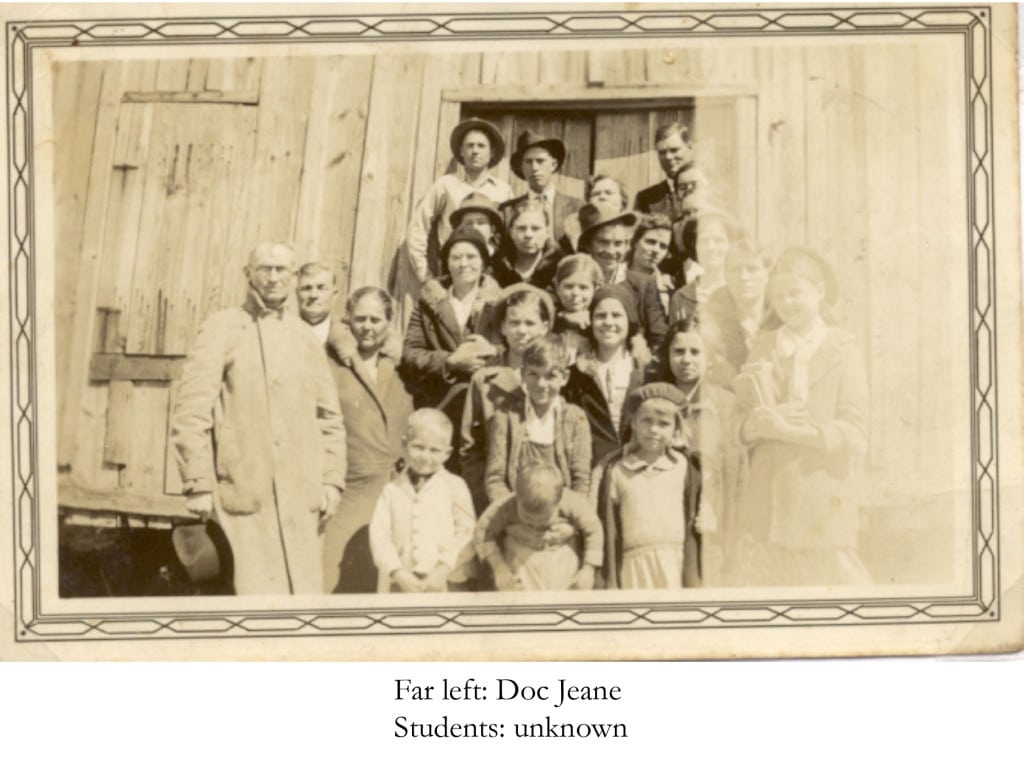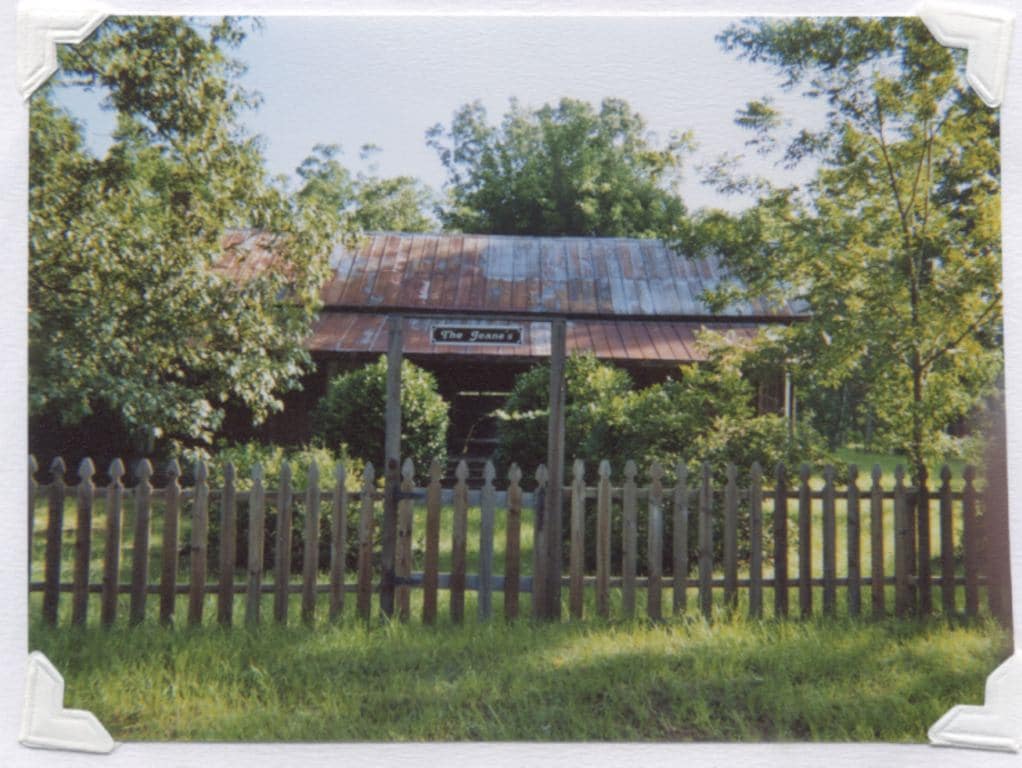By Anne Regan
The Jeane family of Vernon Parish has deep roots as cultivators of the land. Their ancestors, along with several million other colonists, left the eastern states in the early 1800s for the possibility of independence on the newly acquired land of the Louisiana Purchase, an acquisition that doubled the landmass of the U.S. in 1803.

In 1836, Jeane family patriarch, James Monroe Jeane, Sr., joined a company of Texan volunteers in the Texas War for independence from Mexico. The Republic of Texas was established in October of 1836, but ongoing military conflicts continued between Texas and Mexico into the 1840s.
Perhaps the political upheaval in Texas, along with the excellent cattle grazing prairies and abundant virgin pine and cypress forests, motivated the Jeane family to move from Texas to the southwest portion of Louisiana.
James William “Doc” Jeane was born in 1870 to James Monroe and Orelia (McDonald) Jeane in Calcasieu Parish. He was the first-born son of 15 children.
The family moved to Vernon Parish and settled near Pickering. Pickering was a thriving lumber town built by the W. R. Pickering Lumber Company in 1898. Four thousand lumber cars were loaded and shipped out of Pickering annually. Most of the 800 people who lived there in 1908 worked in the mills or the woods. Pickering had a large department store, a hotel, a school and its own physician.
Doc Jeane married Laura Cordelia in 1890 in Vernon Parish and soon left for the University of Memphis in 1901 to attend medical school. Upon his graduation in 1912, at the age of 31, Doc returned to practice medicine in Vernon Parish, and settled on the old Mitch Calhoun place near Whiskachitta and the Jeane Chapel School.

He often stayed away from home for extended periods to care for patients or he welcomed them into his own home for weeks of care. Many people who came to see Doc were too sick to return home; this is why he put them to bed in his own home. If a patient was dangerously ill, he would stay until the patient had passed the crisis and was on the road to recovery. Only then would he return home. Many times after he had done all he could do for a patient, he would kneel beside the patient and pray for their recovery.
Usually when Doc went into a community to see a patient, he would have to see everyone in the community who was sick before returning home.
Doc Jeane delivered almost 1,500 babies over a period of 41 years, from 1906 until 1947. From the records he kept, it appears that the first birth he delivered and recorded was on May 29, 1900, for his daughter, Cora Molora Jeane. Although Doc and his wife had five children before Cora was born, there is no record of who delivered the older children. They had a total of 13 children together.
The last child he delivered and recorded was William Martin Harrington on May 31, 1947, just five months before his death.
He was a devoted community and church leader, hooking up his wagon every Sunday to take his family to the Mill Creek Pentecostal Church, where he often preached, led prayers or conducted funerals.

By 1930, much of the land of the region was designated as national forest by United States President Herbert Hoover. At this time, there was only one paved road in the parish, which was U.S. 171, going from Many through Leesville to DeRidder.
Doc was elected to the Vernon Parish School Board for Ward Four in 1938.
By 1940, World War II brought the Army into Vernon Parish with the establishment of Camp Polk (later, Fort Polk). Doc Jeane sold his property to the government for the building of Fort Polk and bought land on the Sabine River near Burr’s Ferry that was known as Tommy Jones place.
Burr’s Ferry was an important ferry crossing in the nineteenth century. The historic village declined in the 20th century when the Sabine River was abandoned as a transportation route. During this period, the name changed from Burr’s to Burr. The village had a money order post office, and in 1900, a population of 52.
Doc continued to practice medicine until his death in 1947. That home still stands today next to the Burr’s Ferry Pentecostal Church that he built.
Doc and his wife are buried in the large Jeane family plot in Cooper Cemetery near Pickering.
For more information on the pioneer families who originally lived on the Fort Polk range or on events, visit polkhistory.org.
















Comments are closed.